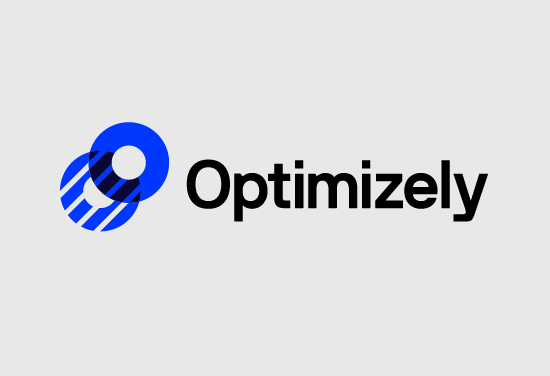Experimentation plus personalisation: the magic equation for transforming business outcomes

In this age of extreme uncertainty, it can be reassuring to understand that the challenges we face today are not unique and that humans have always had to change and innovate in order to progress. American writer, Mark Twain in fact once said that “continuous improvement is better than delayed perfection.”
These words ring as true today as they did circa 150 years ago. In digital marketing, change is driven by a combination of shifting customer expectations and evolving technologies. The digital experiences that are deemed effective today may not be engaging in 12 months’ time, so the challenge for marketers is to build continuous improvements and innovation into their daily operations.
How can marketers change their existing strategies in order to outpace the competition and prepare for the next generation of digital customers?
An experimentation mindset
Embracing an experimentation mindset is vital to success when building powerful digital customer experiences. One of the key reasons why companies like Amazon, Facebook and Netflix are so successful is because they experiment on every aspect of their personalisation strategy.
Netflix famously ran a contest where anyone could submit a better recommendation algorithm and they would test it. You’ll never know what your audience responds to favourably until you try so fostering an experimentation culture should be at the core of every digital marketer’s strategy.
To illustrate this with another example, AeroMexico was looking to improve conversions through the checkout process. It would often witness people nearly completing the flight purchasing process only to abandon their carts at the last moment.
Upon reviewing the results of A/B testing, the company decided to personalise the experience by making it easier for customers who had abandoned the process to return to the precise flights that they had searched for and purchase them later.
As a result of effectively streamlining the checkout experience for its customers, AeroMexico saw an increase in revenue and sales conversions.
Taking out the guesswork
In the past, personalisation was marked by a significant amount of guesswork, but digital experience platforms utilising artificial intelligence (AI) have enabled a data-driven approach to personalisation that significantly increases the efficiency of experimentation strategies.
Data analytics and omni-channel insights give marketers, merchandisers and developers the advanced actionable insights they need to understand what is happening in each experience and how to personalise it in order to drive outsized business outcomes.
When people think about personalisation, they often imagine creating one-to-one experiences. Individual personalisation is an admirable goal. However, when we refer to effective personalisation and experimentation, we are talking about segmenting and creating actionable audiences that generate business impact.
Often, when you’re experimenting and personalising, you’re addressing larger audiences where you learn, through behaviour-based decision making, what works better for specific groups of individuals. But it’s important to understand that personalisation should also involve the customer. They should always have the option to choose the level of personalised content they wish to receive, and this is where experimentation can benefit.
A key point I would like to make is that this is never a one-off exercise. Personalisation is a journey that must continuously evolve and change as the individuals your organisation targets change too.
Optimisation is key to personalisation — by experimenting with your messaging, content and overall experience for each audience, you gather more data-driven insights for intelligent decision making and achieve a better long-term impact. Every moment that you’re not innovating and optimising, you’re losing out on an opportunity to delight your customers and their customers in turn.
Personalisation maturity and optimisation
A company’s personalisation and optimisation efforts normally increase with time. While at the beginning a personalisation campaign may target only a very limited audience group, say 10-15% of the entire target population, with time the audience reach is extended.
Once you’ve built your organisation’s ‘personalisation muscle’, use cases will be iterated relentlessly across 75-100% of the audience to ensure that you are driving new audience strategies.
One example could be experiments related to symmetric messaging. This is where you personalise your site and engagement channels to ensure that they all tell the same story. Say if a consumer searches for handbags on Google and is directed to your website, you want to make sure they can find handbags very easily. Symmetric messaging can significantly help here to increase your ROI and reduce Cost per Lead (CPL) from acquisition campaigns.
Optimisation as a service
By merging personalisation with data-driven optimisation techniques, organisations can optimise every experience along the customer journey at pace. Optimisation tools can help to create an opportunity for desired outcomes at every touchpoint, through sophisticated targeting based on AI-generated segments and out-of-the-box audience attributes.
Digital marketers need to constantly evolve their experiences to meet the changing needs of customers and to help them unlock digital potential. But they can only do this by innovating and
experimenting at scale — supported by the right mindset, processes, tools and a robust digital experience platform.
For more news from Top Business Tech, don’t forget to subscribe to our daily bulletin for the latest technology news!
